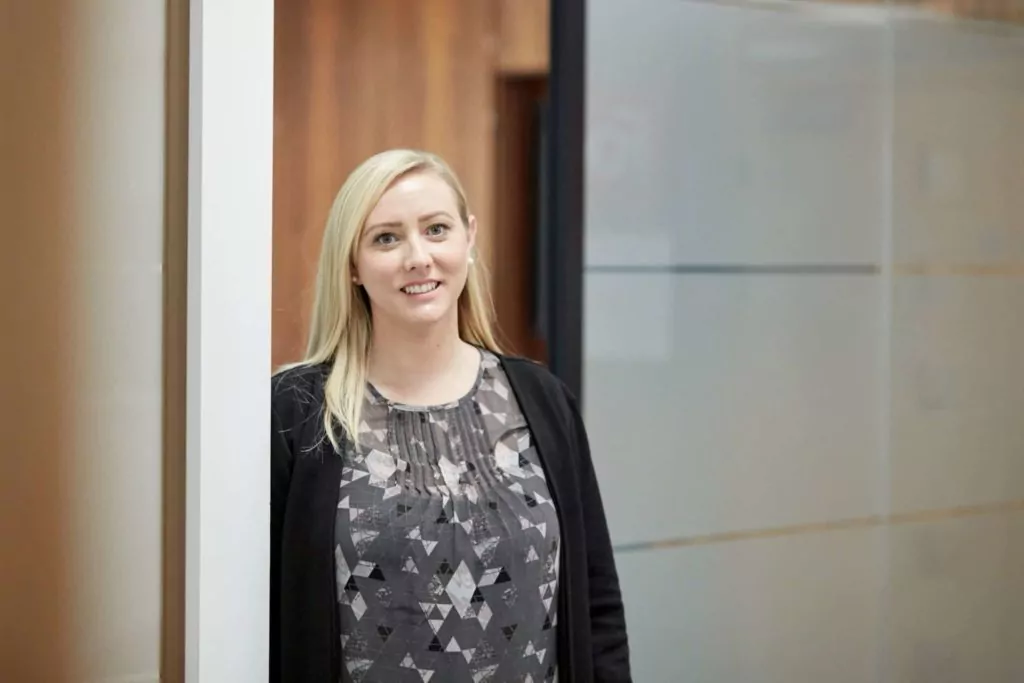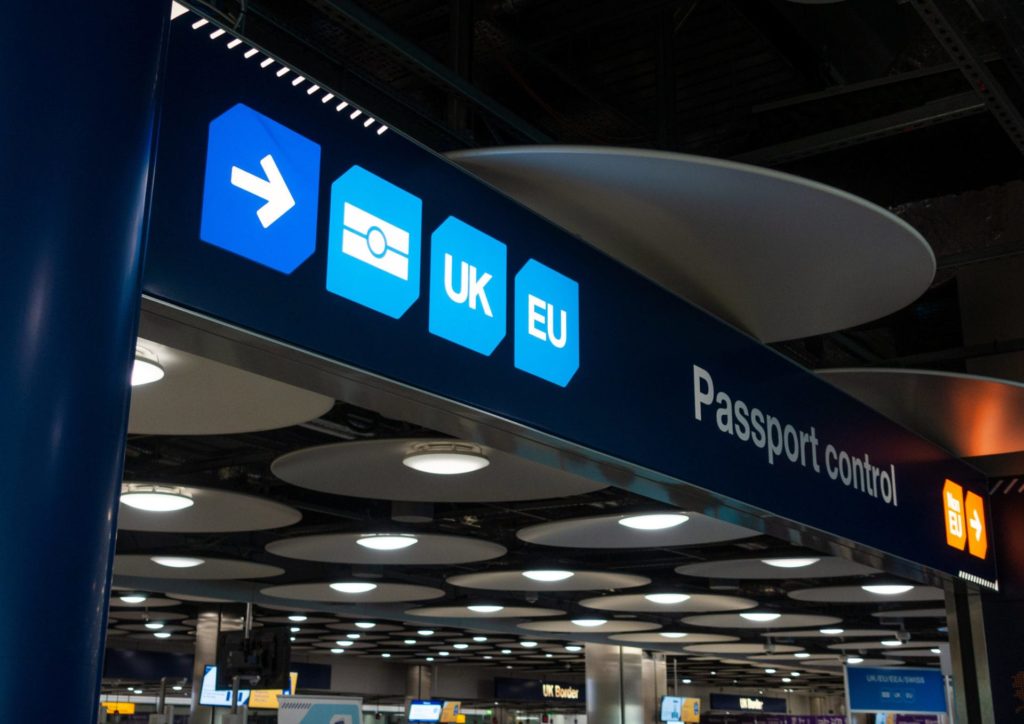
What are the main benefits and drawbacks of the new Scale-up visa for sponsors?

By Gemma Robinson, Laura Tunks
27 Oct 2022 | 4 minute read
The Scale-up visa was launched on 22 August 2022. This new visa route has been designed to assist fast-growing UK businesses looking to attract highly skilled talent from overseas.
It is intended that this visa route will enable businesses to process worker visas more quickly and efficiently, with reduced expense and responsibility for the sponsor. Although most of the media attention around the Scale-up visa is focused on the IT/Communications sector, the majority of Scale-up businesses are in fact in the wholesale, retail and scientific sectors.
Which Company's qualify as a "scale up" business?
To be eligible for a sponsorship licence under the Scale-up route, a UK business must have an annualised growth of at least 20%, in either employment or total sales, for the previous 3-year period immediately prior to this application being approved.
The business must also have had at least 10 employees at the start of the 3-year period. Generally, Scale-up licence applicants are not required to submit any documents, unless they are a regulated entity. Instead, the Home Office will access the Company's PAYE and VAT return information submitted to HMRC to determine whether the Company meets this definition. This will make the sponsorship licence application process far quicker for Scale-up licence sponsors.
However, it is recommended that sponsors seek advice from their legal advisers on whether their last 3-year results will likely satisfy the definition. The figures provided through PAYE and VAT returns are crucial and any gaps could cause the licence to be rejected. If the Scale-up sponsorship licence application is approved, it will be granted for four years and cannot be renewed or extended.
Businesses who already hold a sponsorship licence will need to add the Scale-up route to their existing licence before they can sponsor Scale-up migrants. At the time of writing, the priority service has been removed for Scale-up sponsorship licence applications, meaning that the standard 8-week processing time applies.
What are the main benefits for sponsors?
- The sponsoring business does not have to pay the Immigration Skills Charge, saving sponsors up to £1,000 per year of the visa;
- An undefined Certificate of Sponsorship can be assigned straightaway, allowing sponsors to bypass the 'request' stage which is needed for defined Certificates of Sponsorship under the Skilled Worker route;
- The flexibility of this route should attract highly skilled workers from the international market; and
- Reduced Scale-up worker administration after the first six months – as sponsorship duties automatically end after this time.
What are the main disadvantages for sponsors?
- There will only be a limited number of companies who meet the definition of a Scale-up business to be permitted on to the Scale-up route. Many existing sponsors may find that they do not qualify from the outset.
- The Scale-up migrant is only sponsored in their role for the first six months. Unusually, after that time the migrants' immigration status will no longer be tied to their sponsor and they do not have to notify the Home Office. This means that sponsors could incur the costs and effort of sponsoring someone who may then leave their organisation after 6 months.
- The skill requirement for the vacancy is graduate level i.e. higher than under the Skilled Worker route (but the same as under the Global Business Mobility – Senior or Specialist Worker).
- The salary requirement for the vacancy must be at least £33,000 i.e. higher than under the Skilled Worker route (which is £25,600) but lower than under the Global Business Mobility – Senior or Specialist Worker (which is £42,400).
What should employers do if a Scale-up visa applicant applies to switch jobs to your organisation?
The first action will be to check when the Scale-up migrants' visa was granted. For the first six months of their permission, a sponsored Scale-up Worker must work for their sponsor in the employment stated on their Certificate of Sponsorship. If the worker wishes to change sponsors during this 6-month period, they will need to make a new visa application and a new Certificate of Sponsorship will be necessary. Realistically in this scenario, the applicant would be best to wait until the six month period had elapsed.
Following the six-month period, Scale-up migrants have full permission to work for the remainder of their visa term (except as a professional sportsperson) for any employer, without sponsorship or needing to update their visa. Employers should therefore conduct online right to work checks in the usual way to verify their Scale-up status and check they aren't within the first 6 months of their entry clearance. Scale-up migrants will have their initial visa granted for 2 years.
All in all, the new Scale-up visa provides a half-way house between the Skilled Worker route and the Global Business Mobility – Senior or Specialist Worker route – provided your business is eligible for it! Whilst it provides sponsors with enhanced flexibility and reduced costs, this is in return for uncertainty around how long the Scale-up migrant will stay with you after the first 6 months. For UK businesses growing rapidly and needing to attract high skilled talent fast – this new visa route will be beneficial, but the retention rate will always be the sting in the tail. We expect to see an increased use of clawback provisions in the employment contract of a Scale-up migrant to counter that.
If you have any questions on the new Scale-up visa route or have general business immigration queries, please do get in contact with Gemma Robinson or Laura Tunks.




























